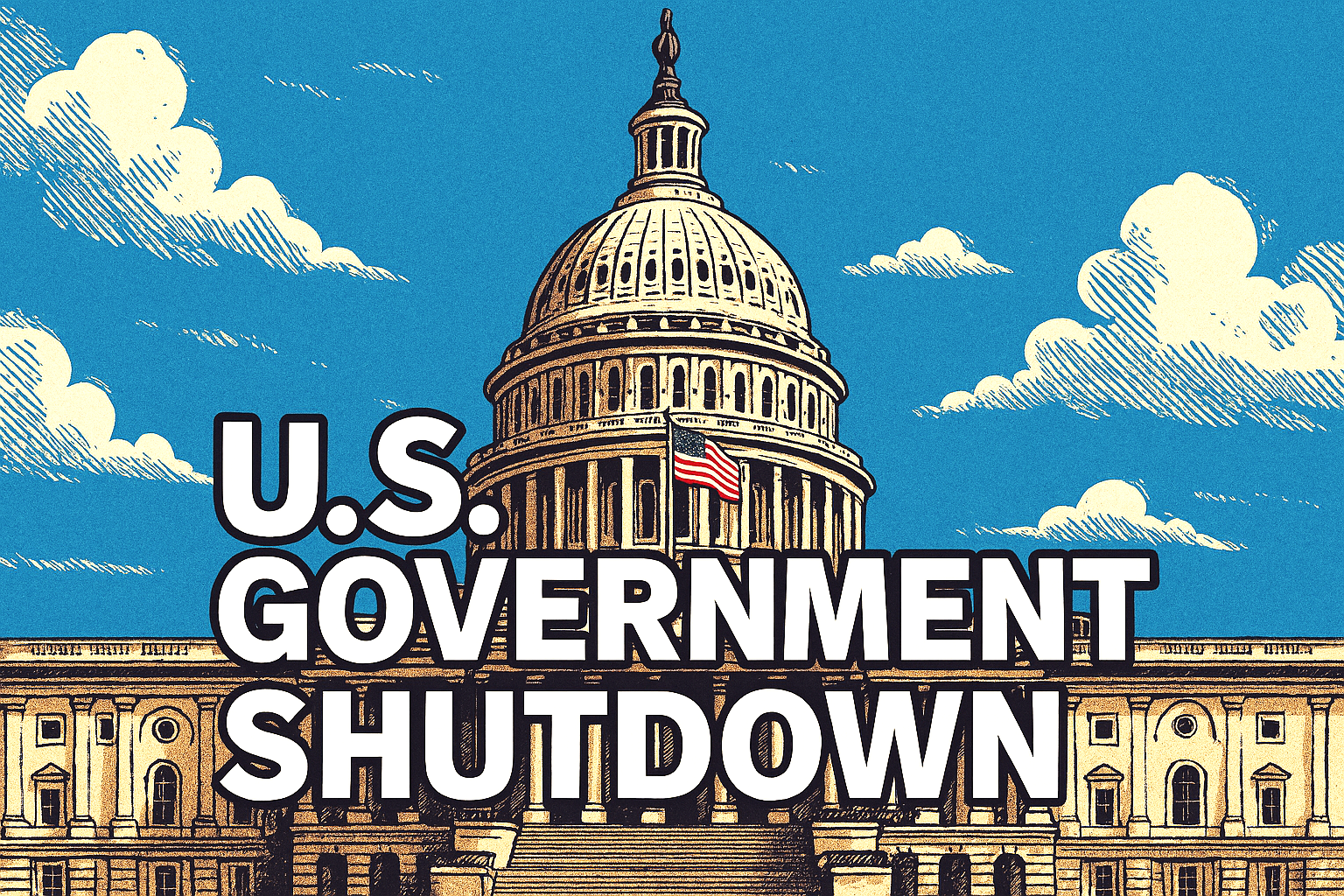The United States government has once again entered a shutdown, marking the first lapse in federal funding in nearly seven years.
As of 12:01 a.m. Eastern Time on Wednesday 1st October 2025, Congress failed to pass a spending bill, triggering the closure of non-essential government services and furloughing hundreds of thousands of federal workers.
This latest impasse stems from a partisan standoff over healthcare subsidies and broader budget priorities.
Senate Democrats demanded the extension of Affordable Care Act tax credits, while Republicans insisted on passing a ‘clean’ funding bill without concessions. With neither side willing to compromise, the shutdown became inevitable.
The last government shutdown occurred from 22nd December 2018 to 25th January 2019, during President Trump’s first term.
That 35-day closure—the longest in U.S. history—was driven by a dispute over funding for a U.S.-Mexico border wall. It cost the economy an estimated $3 billion in lost GDP and left federal workers unpaid for weeks.
Shutdowns in the U.S. are not uncommon, but their frequency and duration have increased in recent decades. They typically occur when Congress fails to agree on annual appropriations bills before the start of the fiscal year on 1st October 2025.
While essential services like defence and air traffic control continue, most civilian agencies grind to a halt, delaying everything from passport processing to scientific research.
This latest shutdown is expected to have wide-reaching effects, including disruptions to veterans’ services, nutrition programmes, and disaster relief funding.
Both parties are under pressure to resolve the deadlock swiftly, but with political tensions running high, a quick resolution remains uncertain.
As the shutdown unfolds, the American public is left to navigate the consequences of a deeply divided government—one that seems increasingly unable to fulfil its most basic function: keeping the lights on.


